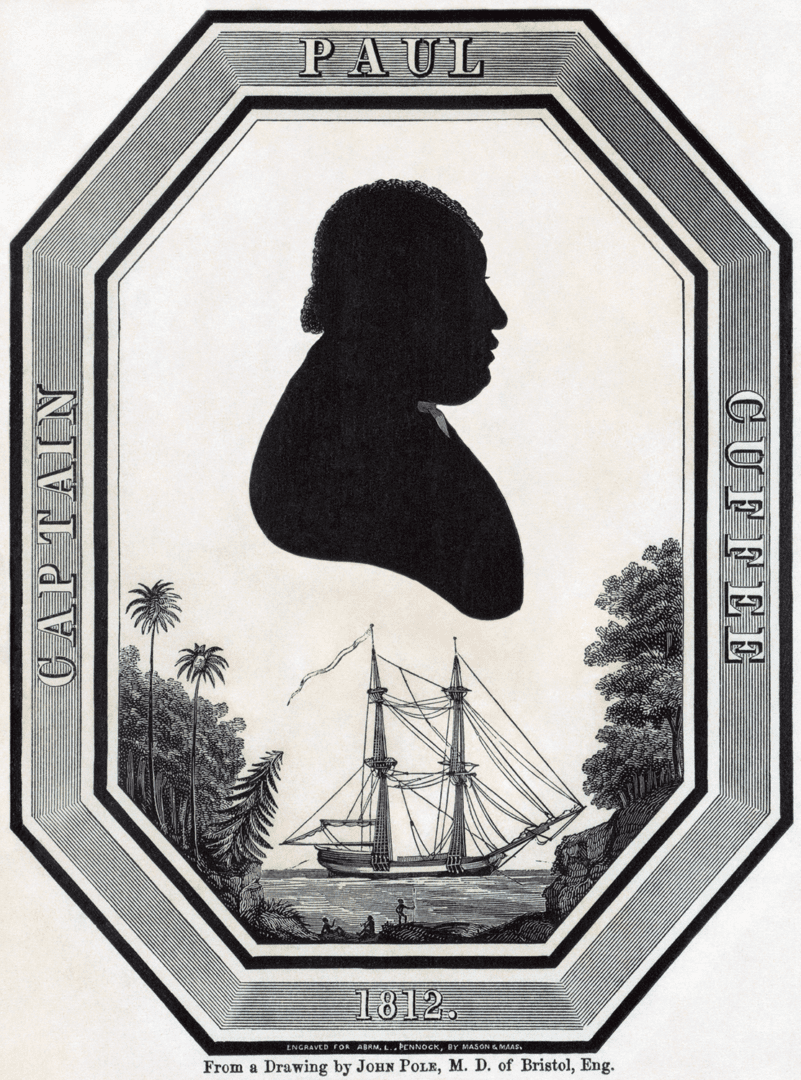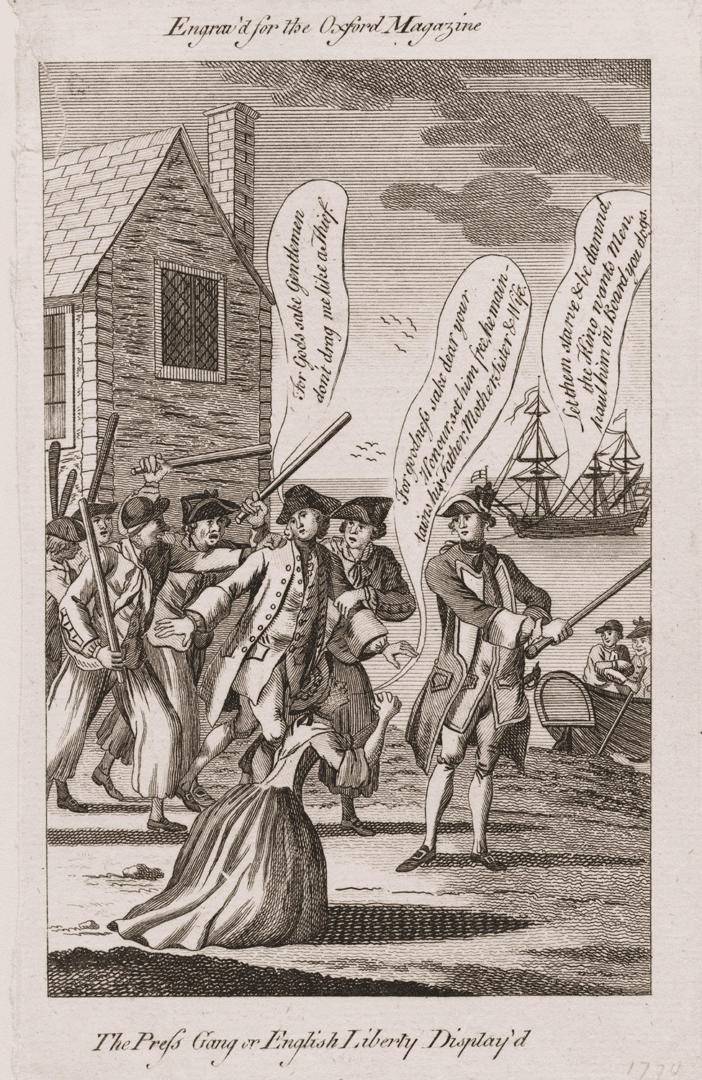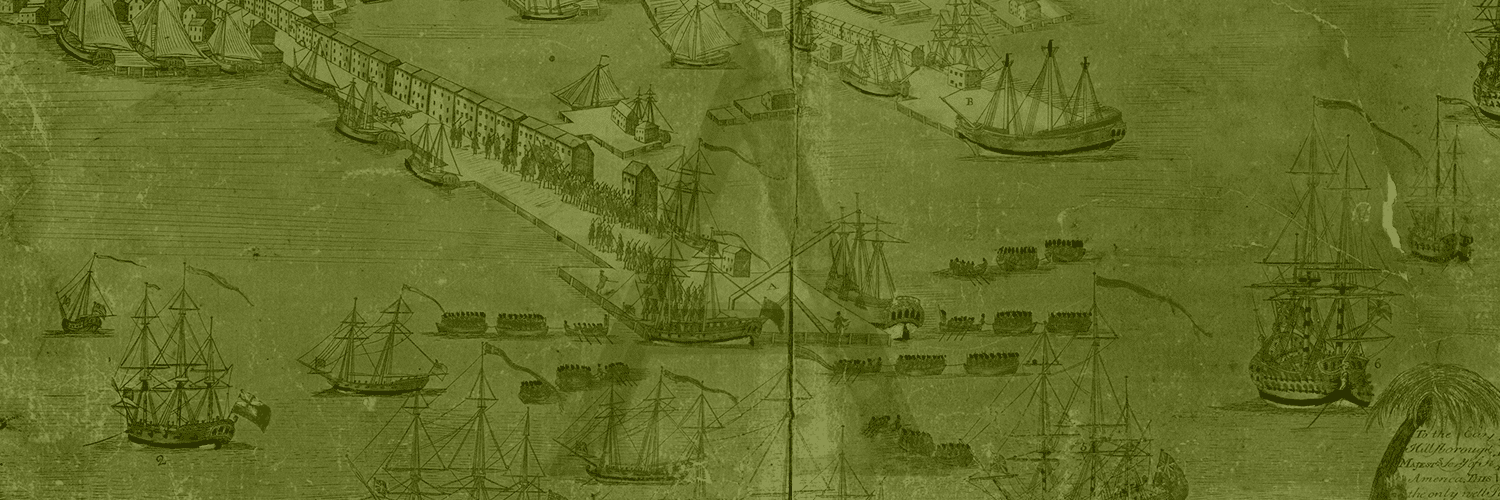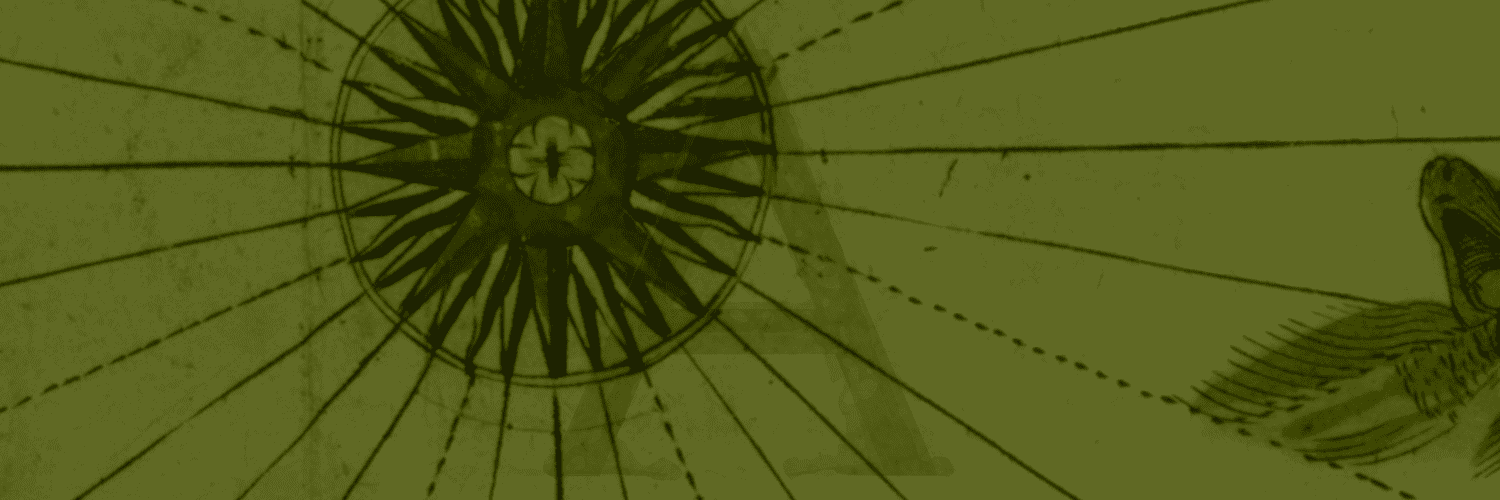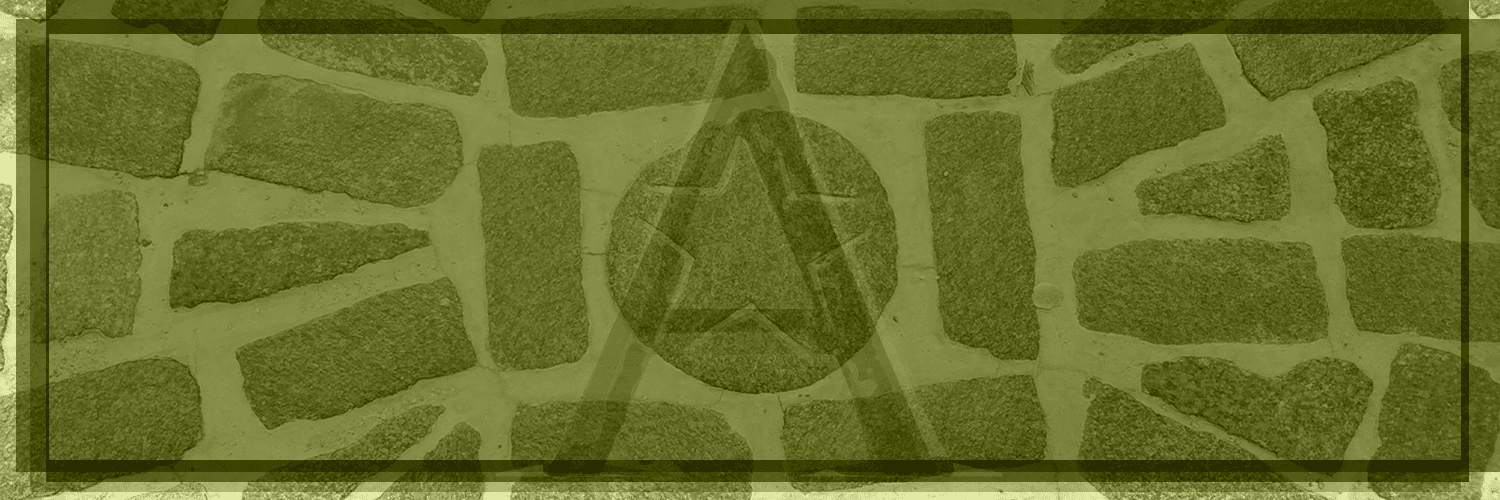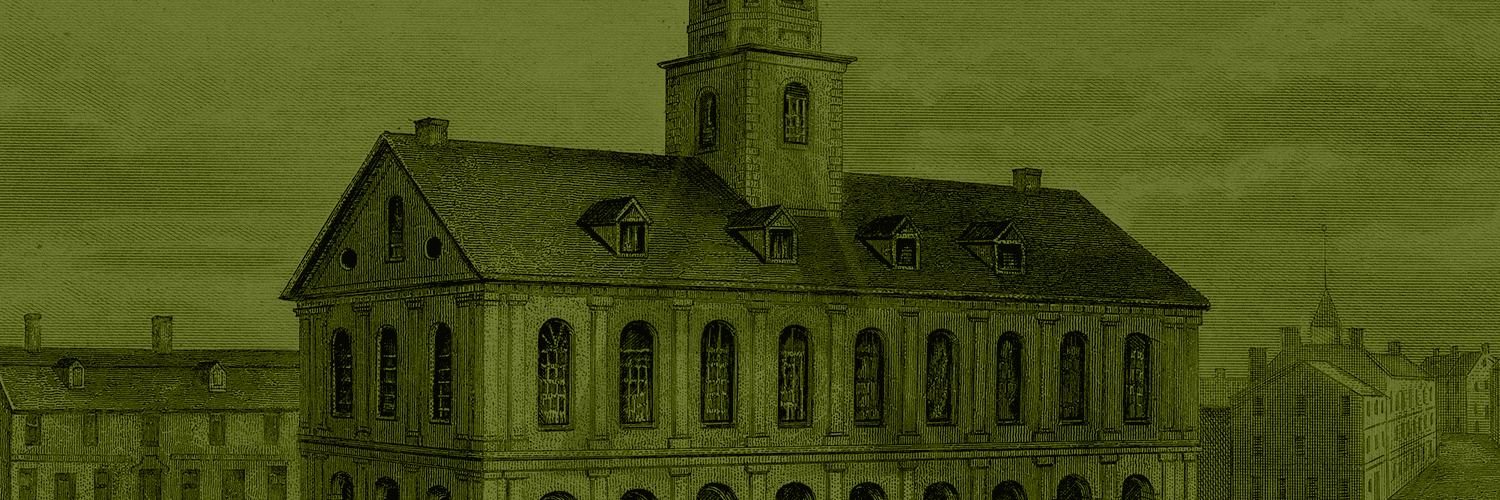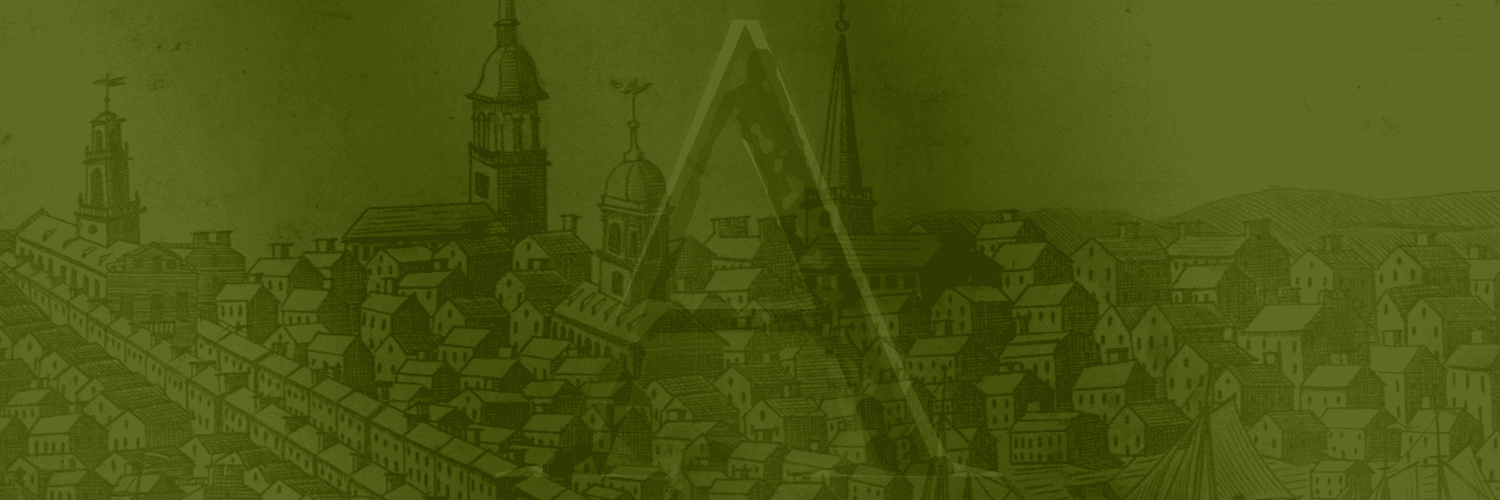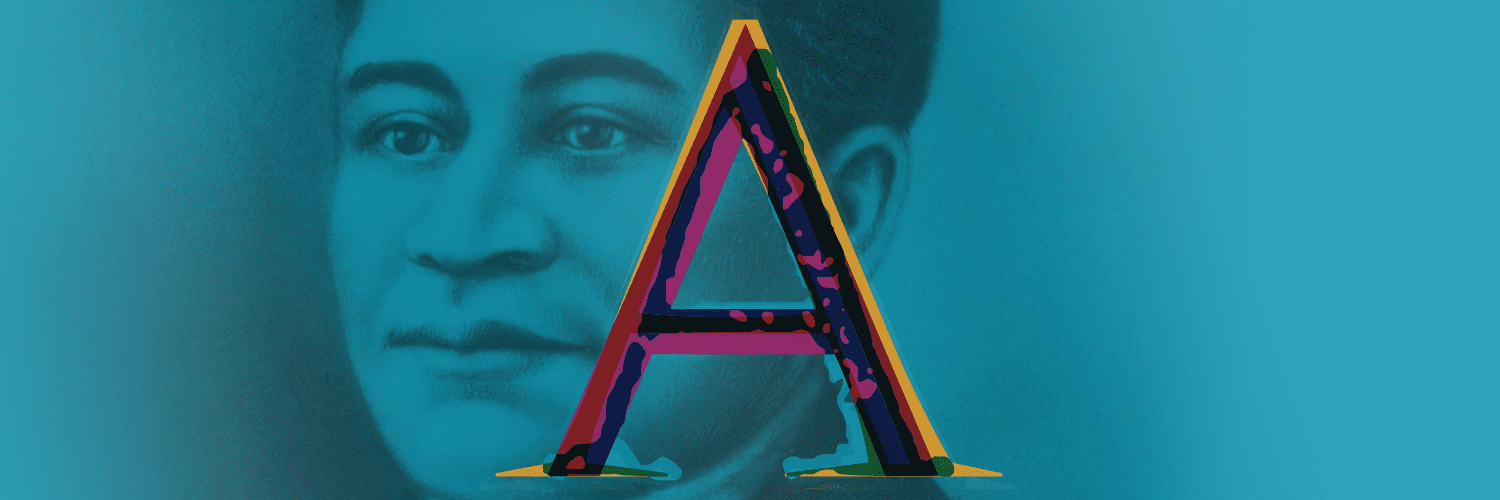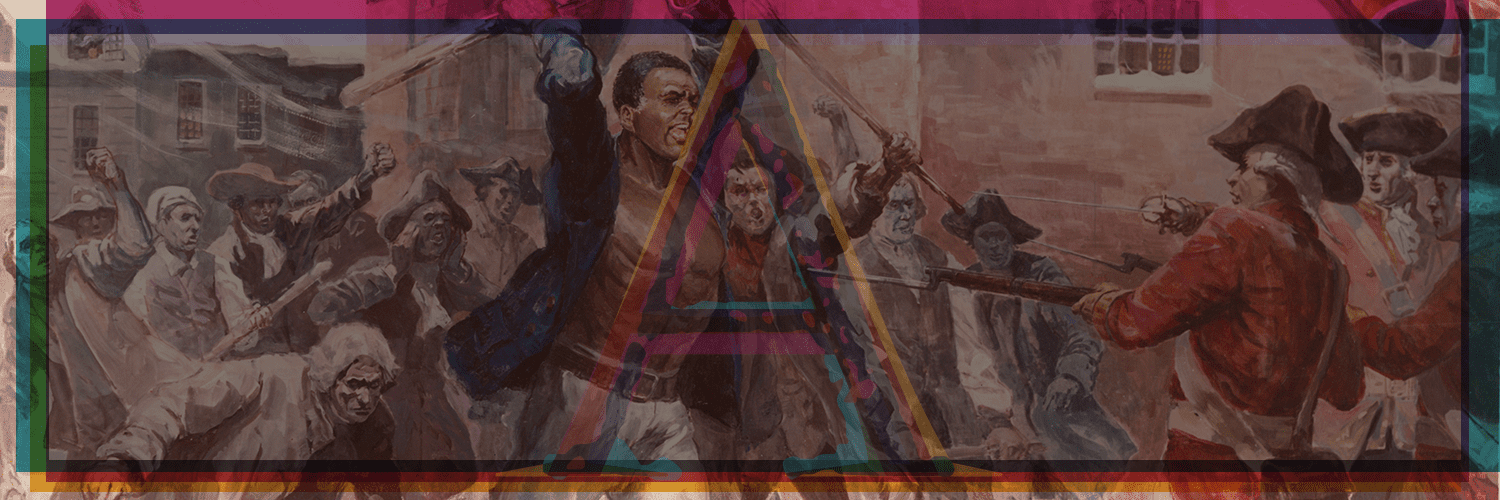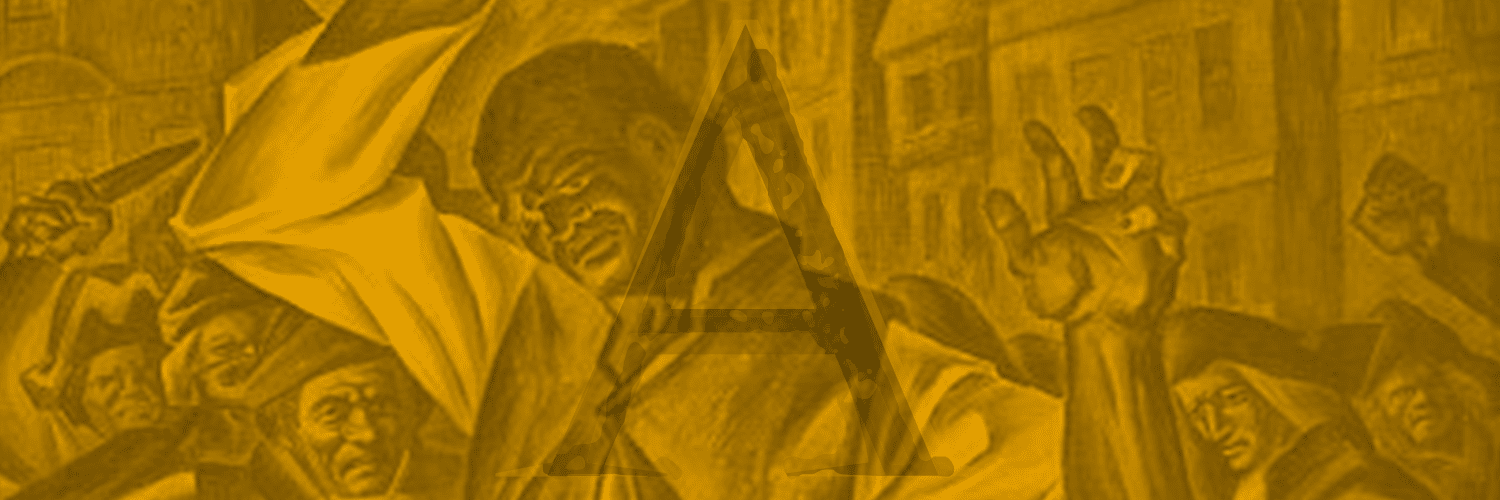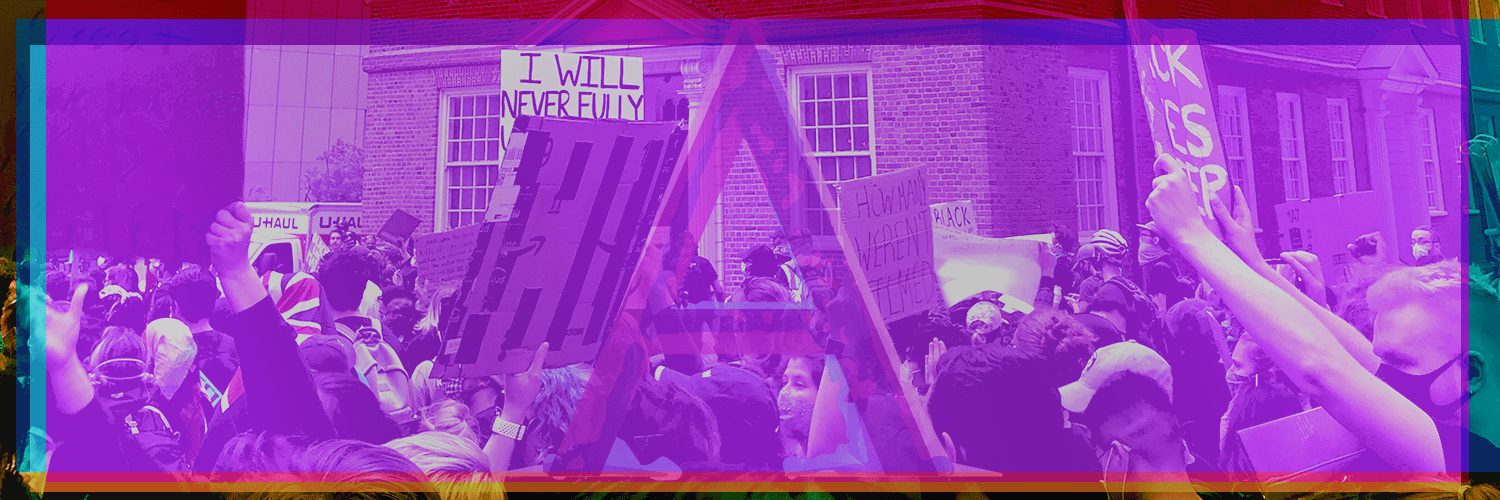Life at Sea
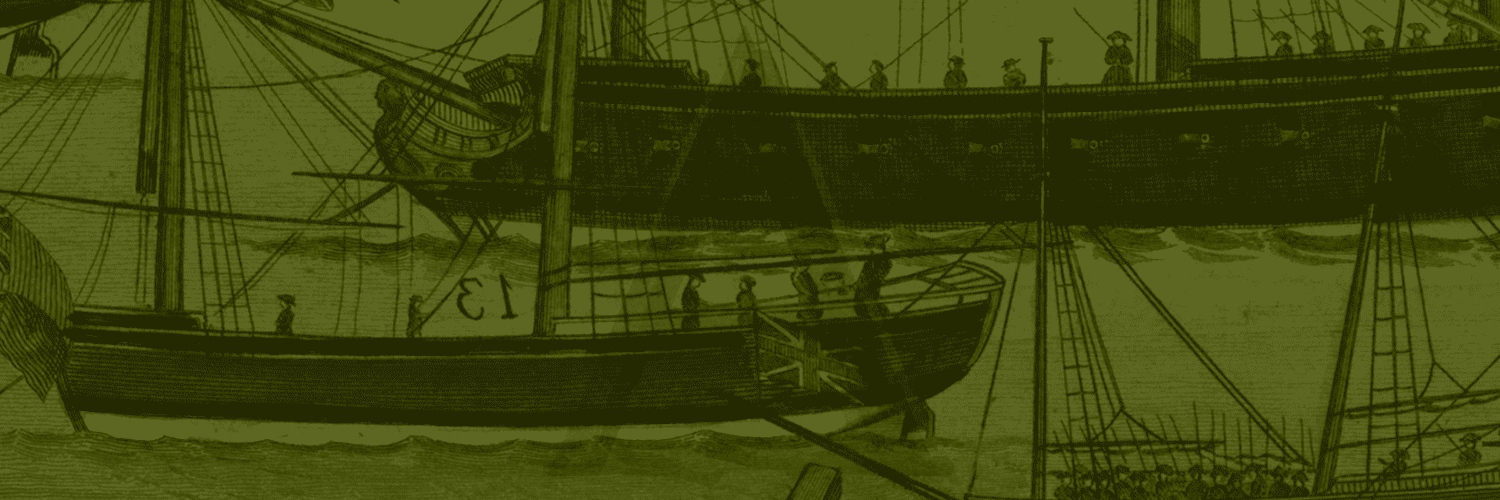
Crispus Attucks was most likely a sailor or a dockworker. At the time, two-thirds of people in colonial America’s maritime industry were of either African or Native descent. On the docks in Boston Harbor, Attucks likely encountered many discontented sailors and colonists of all ethnicities who opposed British authority and the presence of “redcoats” in the town. He also would have been aware that the ships he sailed on were part of a network that supported the slave trade.


